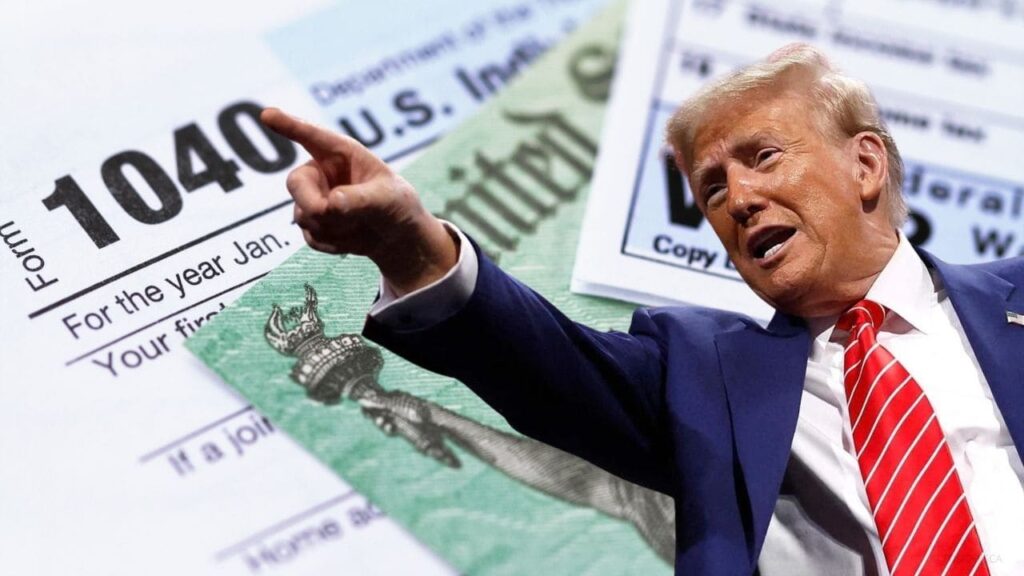In the midst of tax season, the Internal Revenue Service (IRS) has reaffirmed the validity of one of the most important benefits for millions of families in the United States: the Child Tax Credit. This program allows taxpayers to receive a significant refund of up to $2,000 for each child under the age of 16, provided that certain criteria established by the tax authority are met.
This tax relief is especially important in a context marked by inflation and economic uncertainty. For many households, the credit represents not only a reduction in their tax burden, but also an opportunity to receive a cash refund that can make a difference in their finances. Below, we explain how the benefit works, how much money you can receive, and who is eligible in 2025.
How does the IRS Child Tax Credit work?
The Child Tax Credit (CTC) is a key tool within the US tax system. Its purpose is to ease the financial burden on families with dependent children by providing a credit that can be used to reduce the amount of tax owed or received as a cash refund.
Currently, the IRS provides up to $2,000 for each qualifying child under the age of 16, although it is important to note that only $1,600 is refundable. This means that even if the taxpayer does not owe any taxes, they can receive up to that amount in the form of a refund. The remainder of the credit ($400) is applied exclusively to reduce any tax debt, if applicable.
Who is eligible for the up to $2,000 refund?
To be eligible for this benefit, taxpayers must meet a series of requirements that the IRS has detailed for the 2024 tax year:
- Have at least one dependent child under the age of 16 at the end of the tax year.
- File the appropriate tax return.
- Meet the income limits set by the IRS, which vary depending on the taxpayer’s filing status.
- Have valid Social Security numbers for both the child and the adult claiming the benefit.
It is important to remember that the refund can be received even if no money is owed to the IRS, as long as all of the above conditions are met.
A key benefit in the fight against child poverty
The impact of the Child Tax Credit goes beyond financial savings. During the pandemic, this program was temporarily expanded, and its implementation helped significantly reduce child poverty in the country, according to data from the Columbia University Center on Poverty and Social Policy. Although the expansion has been suspended, the current version of the credit remains available this year and represents a valuable opportunity for those who need it most.
The possibility of receiving a direct refund from the IRS for each eligible child can provide essential financial relief. Interested families should act before the end of the 2025 tax season by filing their returns on time and ensuring they meet the eligibility requirements.
